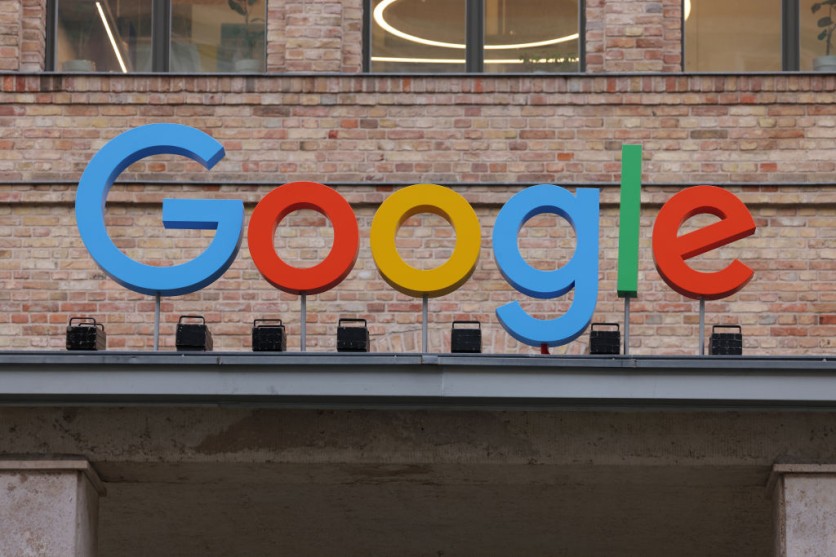Google recently launched virtual product try-ons and augmented reality (AR) marketing for beauty companies and customers. The availability of these features will increase the reach of augmented reality beauty solutions as the Google app and mobile site will now allow users to virtually test hair colors and makeup foundations on their own and model photos.
The tech giant's latest move expands the current AR beauty categories for lips and eyes, and in the next few weeks, more functionality will be added. Through Google, more than 50 beauty product brands-including Mac, Urban Decay, Covergirl, Revlon, Splat, and L'Oréal-offer augmented reality try-ons for a range of cosmetic products, according to Vogue.
Google AR Beauty will add L'Oréal hair dye tones this week, enabling users to see which shades complement their appearance on their image or on a model. Google said Revlon and Splat dyes will be "available to try on soon," as reported by The Verge.

Google to Further Boost AR Beauty Ads
Users may now examine beauty items in advertisements shown on model photographs due to the debut of AR beauty advertisements for lip and eye products (foundation ads will be released shortly). With Google's venture into AR beauty features, the IT and advertising sectors are beginning to see AR as a potent marketing tool.
Compared to conventional display advertisements, AR ads have been shown to have greater conversion rates; Shopify research shows that 3D AR ads have 94% higher conversion rates. Additionally, consumers are 41% more inclined to evaluate companies that provide augmented reality experiences. It is anticipated that Google's foray into augmented reality capabilities for mobile web users will increase uptake and interaction.
Google's entry into the AR beauty space is part of a larger industry trend to increase consumer and user accessibility to AR features. In recent months, brands and consumers have been advocating augmented reality purchasing and would like to use it to enhance shopping online.
AR Advertising Continues to Flourish
Due to AR beauty products' popularity and capacity to increase user engagement and conversion rates, global AR ad revenue is expected to jump from $1.36 billion in 2020 to $6.68 billion in 2025, as per a TechCrunch report.
Meta said in May that it will be adding augmented reality ads to Facebook Stories and Instagram Reels later in the year. In July 2018, Meta conducted their first test of AR advertisements on Facebook News Feed. Pokémon Go developer Niantic tested out augmented reality advertising experiences during the early-spring Cannes Lions Festival. Snapchat has a long history of providing AR advertisements via its Lens platform and technologies.
AR Beauty advertisements provide a kind of continuity for Google, which first used augmented reality for YouTube display advertising in 2019 as part of a beauty influencer project. FameBit, Google's in-house branded video platform, lets users virtually experiment with cosmetics while following YouTubers for suggestions and product recommendations.
Related Article : US States Sue Meta Over Alleged Link to Youth Mental Health Crisis

ⓒ 2025 TECHTIMES.com All rights reserved. Do not reproduce without permission.




